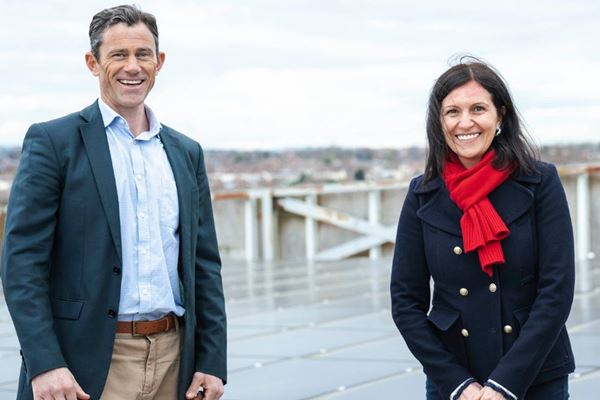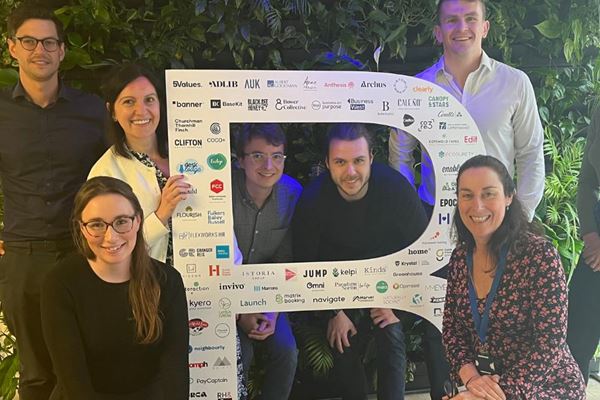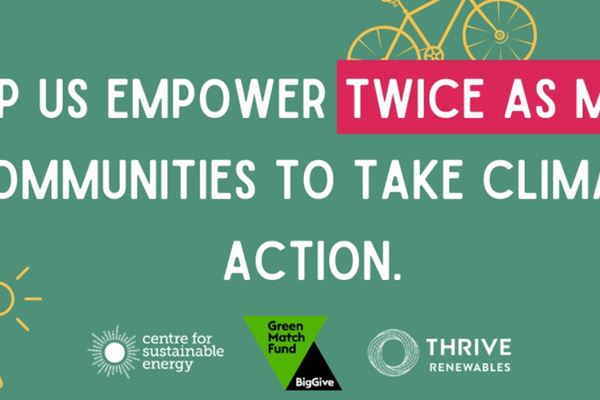This article is reproduced with the kind permission of Tomorrow's Facilities Management magazine.
As the energy sector evolves to include a growing volume of renewable electricity, the dynamic between demand and supply is changing. Historically, electricity suppliers have been slaves to demand. However, as the generation mix progresses towards lower carbon intensity, a more balanced relationship with increased flexibility is required.
Businesses offering increased independence from the grid via ‘behind the meter’ solutions to energy managers are on the rise. Energy cost volatility, flexibility opportunity and more transparent charging methodologies are driving businesses’ interest in taking greater control of energy supply. This trend is seeing companies install onsite renewable power generation, energy storage and other clean technologies to help them become either less reliant on the grid or completely self-sufficient.
The aims of behind-the-meter generation for businesses are threefold:
- Cutting energy costs is undoubtedly the primary goal of all companies looking to go self-sufficient. Energy prices are reported to be on the rise again. So rather than relying on the markets to deliver affordable energy, many savvy businesses are beginning to take their electricity supply into their own hands, hedging their exposure to the wholesale electricity price volatility. Depending on the mix of solutions and energy efficiency measures chosen, companies can make substantial savings against today’s prices and provide confidence in future costs.
- Reducing carbon emissions is also an extremely important motivator. Many companies have corporate social responsibility (CSR) imperatives that could be achieved by generating renewable power onsite or using energy in smarter ways. Going green can also contribute to customer retention and becoming more competitive; customers are becoming increasingly interested in the provenance of their suppliers.
- Onsite generation can also unlock attractive new revenue streams. Depending on the mix of clean energy solutions a business goes for, onsite generation has the potential to add significant amounts to a company’s bottom line.
THREE INNOVATIVE BUSINESS MODELS TO HELP DRIVE BENEFITS FOR ENERGY MANAGERS:
ENERGY STORAGE
A joint venture between Aura Power and Thrive Renewables is offering thousands of UK businesses the chance to use battery energy storage systems to cut electricity bills at no cost to themselves.
The joint venture will install and operate batteries for medium and large energy users free of charge in return for a share of revenues. Once the battery is installed, customers will achieve immediate cost savings by avoiding premium-cost peak energy charges and generating income through flexibility services to the grid.
The project is targeting thousands of businesses spending £500,000 a year or more on electricity. Over 8,000 businesses in the UK have annual electricity contracts of 10GWh or more and are likely to be spending at least £1 million a year, according to energy market analysts Cornwall Insight. The number with £500,000 annual bills is likely to be far larger.
Customers with a mid-range 2MW battery could save more than £1 million over a 15-year standard contract.
OFF-GRID RENEWABLES
The Greenvale AP potato processing facility joined forces with Thrive Renewables to install a 1.5MW wind turbine next to their buildings in 2014. Greenvale, located near March in Cambridgeshire, is committed to sustainability and opted for the new turbine to supplement their existing solar PV system. The wind power generated now provides up to 75% of Greenvale’s energy demand.
There is increasing pressure in modern supply chains to provide goods more cheaply and sustainably. Many UK businesses, like Greenvale, are looking to on-site, private wire renewables as a solution. These companies don’t necessarily have the right shaped capital, skill set or time to manage the installations and maintenance themselves, so they seek support from specialist renewable energy investment companies to provide access to the required capital, experience of dealing with renewable builds in developed areas, and understanding of technical renewable energy operations.
GROUND SOURCE HEAT PUMPS
Rendesco, is an innovative ground source heat pump installer. Heat accounts for almost 40% of the UK’s energy demand, 70% of which is generated by burning natural gas, resulting in 20% of the UK’s CO2 emissions.
Ground source heat pumps significantly reduce this negative environmental impact by using underground pipes to extract heat from the ground to heat radiators, underfloor or air systems and water. The pump requires electricity to run but uses less power than it produces and therefore generates lower CO2 emissions overall – the typical ratio is 1:3.
Rendesco has a compelling offer whereby it designs, installs and maintains ground source heat pumps for clients, providing 20 years of low-cost energy. After the 20 years, Rendesco gives the heat pump to the client. Over the last three years, the company has successfully delivered 21 systems in new build developments.
Running a heat pump costs around 30% less than an equivalent gas boiler, 40% less than oil and 60% less than LPG, so as well as reducing carbon emissions, they can also lower energy bills. Heat pumps also have a longer life than combustion boilers and require less maintenance. The ground stays at a fairly constant temperature under the surface, so the heat pump can be used throughout the year.
Rendesco achieves a return on its investment through the government’s non-domestic Renewable Heat Incentive (RHI) payment, a 20-year inflation-linked subsidy.



